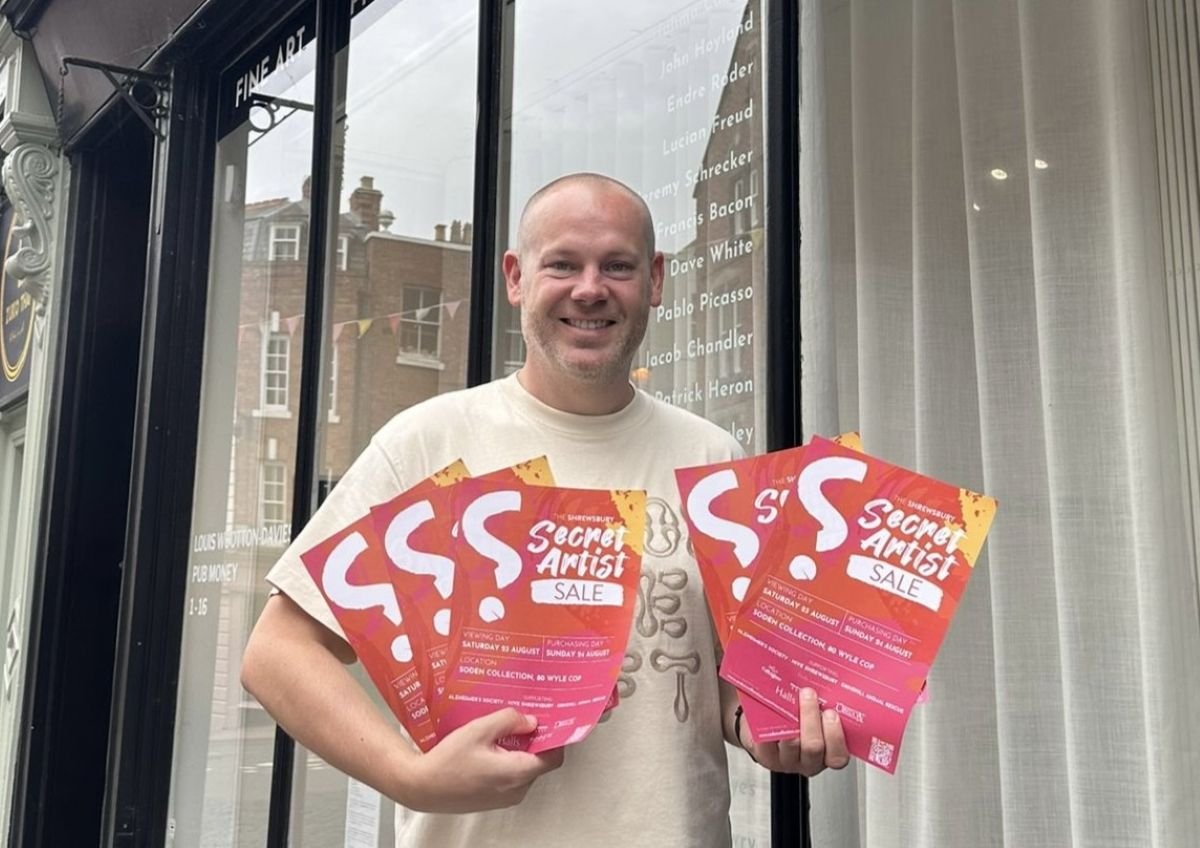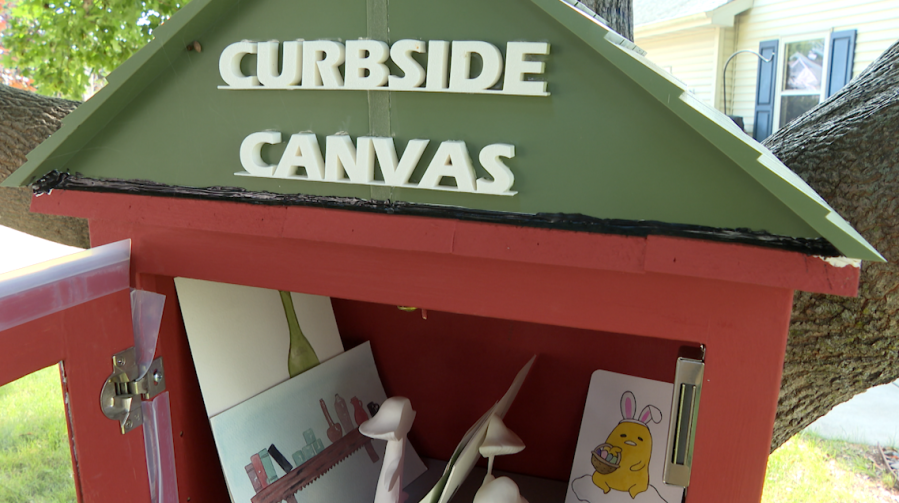A PORTARLINGTON tree felled for public safety has been given a new life as a striking piece of art.
Crafted by talented chainsaw carver Rob Bast, the tree stump has been transformed into a sculpture depicting two seals, inspired by the shape of the timber that remained.
It joins two other marine-themed sculptures – an octopus and trio of dolphins – in W.G. Little Reserve, which were similarly carved by Mr Bast approximately four and a half years ago when the playground at the reserve was upgraded.
The project was overseen by the reserve’s land manager Bellarine Bayside, and was motivated by existing safety concerns with the now-carved tree stump.
“Within W.G. Little Reserve there are a number of trees that were felled many years ago, but the stumps weren’t removed and as a result epicormic branches, an adaptive response of trees to stress, have grown from dormant buds under the bark,” the not-for-profit’s coastal reserves and projects co-ordinator Brett Mantel said.
“Unfortunately, epicormic regrowth is weakly attached compared to standard growth, and as limbs grow, they pose a greater risk of falling to that of normal trees.”

Mr Mantel said epicormic growth had recently been removed from another seven trees within the reserve for public safety on the advice of an arborist.
“Transforming the stump from an unsafe tree into a carved artwork is a fantastic opportunity to enhance a public space with art.
“We have left these stumps in place for now while we evaluate opportunities to repurpose them as carved art sculptures in the future.”
Bellarine Bayside will consider several factors in assessing the viability of these tree stumps for carving, including the preservation of existing habitat hollows and the aspirations of the Wadawurrung Traditional Aboriginal Owners to recognise culture heritage through artwork.
The location, size, species, condition and durability, or the extent of rot anticipated, of each tree stump will also play a significant role in determining their suitability for carving.






